It was a valid question. She'd been at The Stone House on the Hill a couple days and never eaten a bite there.
| Stoupa Restaurant has views of the sea and the village |
With even the heartiest of appetites and the best of good intentions, with so many places from which to choose, it just wasn’t going to happen in the few days they were with us. They ended their visit not once eating a meal at The Stone House on the Hill.
| Is it the food or the views that bring us back to this tavern in Kardamyli? |
With a typical visit lasting three or four nights, we have to squeeze a lot of eating into a short amount of time.
| Moussaka and chips to the left; seafood pastitsio on the right |
What, Where and How much?
Actually Elana’s question was one asked by many. Eating – the what, when and where – is one of the biggest curiosities we’ve found that people have about our life in the Greek Peloponnese.* Do you have a grocery store nearby?
Yes! A large supermarket, several bakeries and the ‘fruit man’ makes regular runs through the villages selling fruits and veggies from his truck.
* Can you get rose wine there?
Yes! White, red and rose – served in pitchers in quarter-, half- and kilo amounts is the most economical at restaurants (never more than 6-euros for the largest) but sometimes we ‘splurge’ and buy a bottle (10 – 20-euro restaurant price) and drink to our heart’s content for far less than in the U.S.
* Are there restaurants near you?
Yes! Definitely!
What is Greek food?
In the United States we came to know Greek food as being a ‘Greek salad’, a gyro (yh-ero, not JI-roe) those pitas wrapped around meat, French fries, tomatoes and onions and slathered with tzatziki sauce. Or the multi-layered traditional Greek dishes, moussaka (layers of aubergine, potato, minced meat (hamburger) and topped with a bechamel) or pastitsio, (layers of pasta and meat or fish dish with bechamel).| Easter's traditional meal - roasted lamb |
| Salads we have known, loved and eaten |
| A favorite restaurant of ours is housed in an old olive press in a nearby mountain village |
Eating at Home
Truth is we do eat at home. Quite often.As I said earlier, tree-ripened fruit and just-picked vegetables are in abundance. The ‘fruit man’ makes a regular run through the villages several times a week. Several fishermen sell their catch at the harbor each morning. Just across the street from the harbor there’s a meat market, a bakery is a few steps away. Kalamata, the big city an hour away has a large municipal market operating two days a week and Aeropolis, a bit closer and to our south operates a Saturday market.
| For less than 10 euro. . . |
| The bowl and serving tongs are gifts from friends |
| We don't eat this 'formally' most nights. |
“Do you ever eat at home?”
Thanks for your many comments on last week's post about down-sizing and de-cluttering. It is nice to know we aren't alone in this tedious task! We are taking a break this week in the declutter and downsizing efforts and are off to visit The Scout’s hometown in Central Washington State. I’m writing a freelance article about it and we’ve got some researching to do! I'll tell you about what we find in a future post.
Hope to see you back next week and until then safe and healthy travels to you and yours. And - as always - our thanks for being with us~
Linking this week with:
Through My Lens
Our World Tuesday
Wordless Wednesday
Travel Photo Thursday –
Photo Friday
Weekend Travel Inspiration
inking up this week with:


![IMG_0215 [716250] IMG_0215 [716250]](https://lh3.googleusercontent.com/-dfmohVwpoKs/WLs20fonZOI/AAAAAAAASYI/IAMTda4I67k/IMG_0215-716250_thumb5.jpg?imgmax=800)


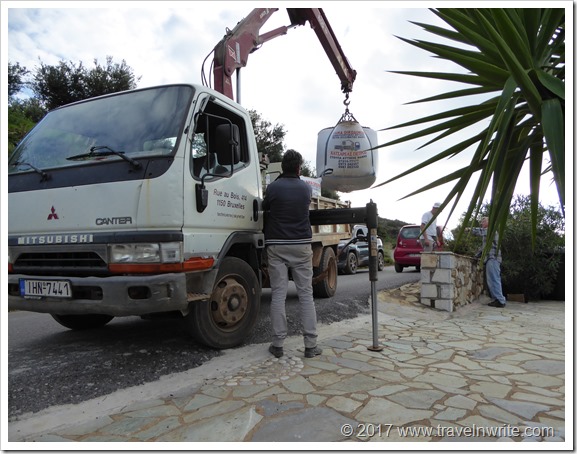




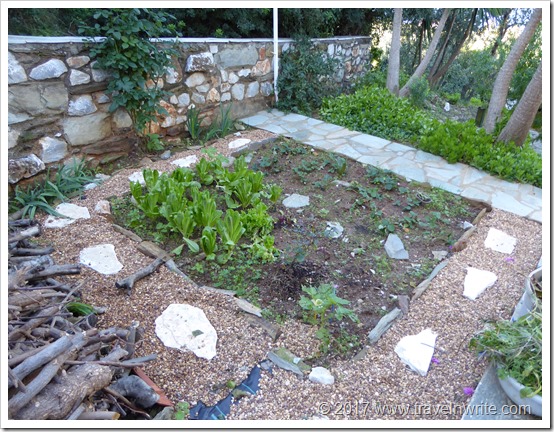
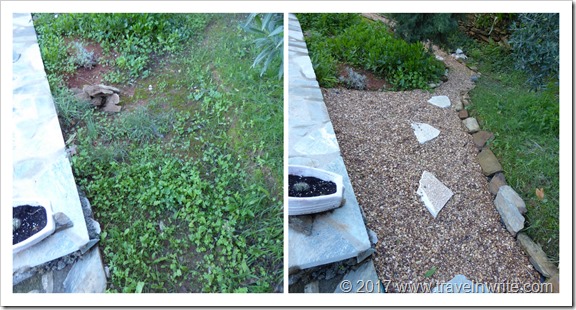




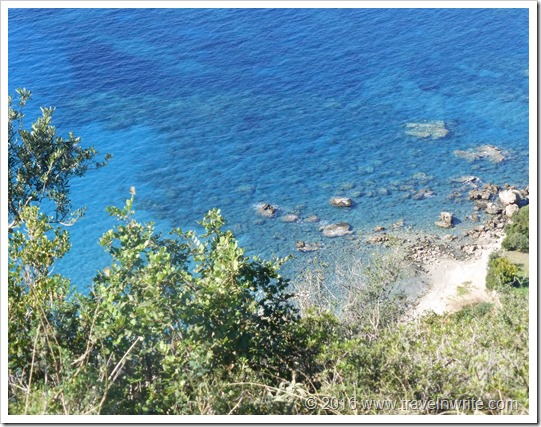





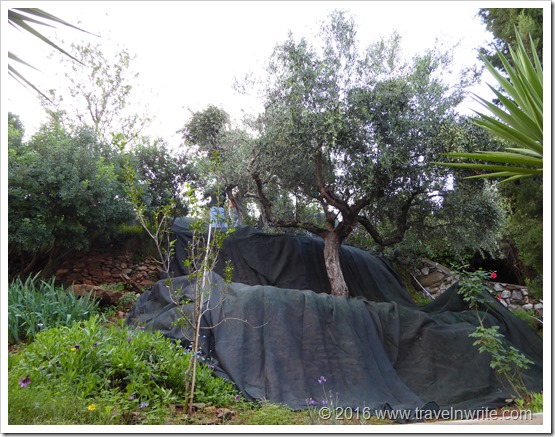
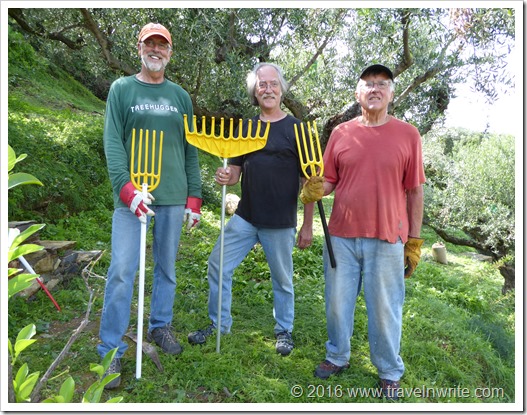




![20161022_151004_resized[458] 20161022_151004_resized[458]](https://lh3.googleusercontent.com/-8nGClu2yZT8/WA7YwOlbXFI/AAAAAAAAR9c/LGcdXijMKEA/20161022_151004_resized458_thumb9.jpg?imgmax=800)

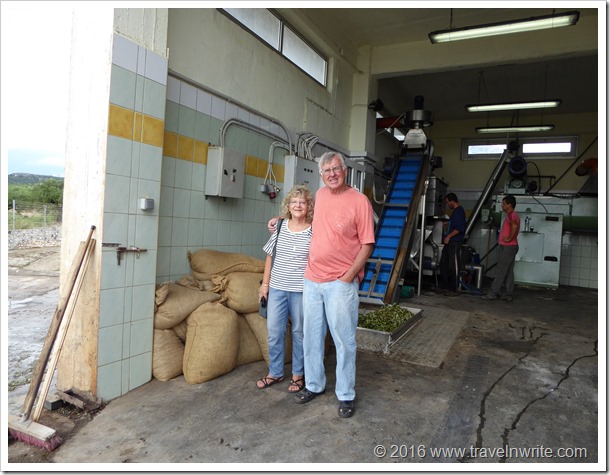

![20161022_165116_resized[459] 20161022_165116_resized[459]](https://lh3.googleusercontent.com/-Yj5quLWCQSM/WA7Y5BkoGCI/AAAAAAAAR98/ngLKmyYhFe8/20161022_165116_resized459_thumb4.jpg?imgmax=800)

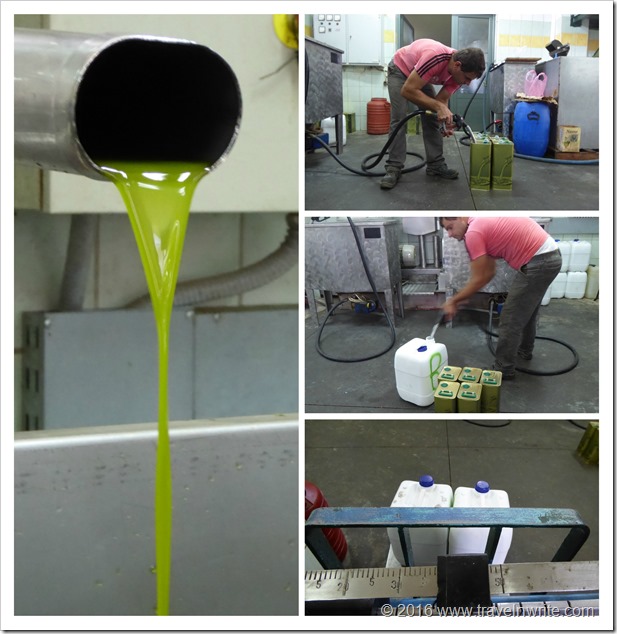
![20161023_120909-1_resized[507] 20161023_120909-1_resized[507]](https://lh3.googleusercontent.com/-23GhHuuPyTE/WA7ZAGqKOyI/AAAAAAAAR-U/kJTAximmfKA/20161023_120909-1_resized%25255B507%25255D_thumb%25255B6%25255D.jpg?imgmax=800)